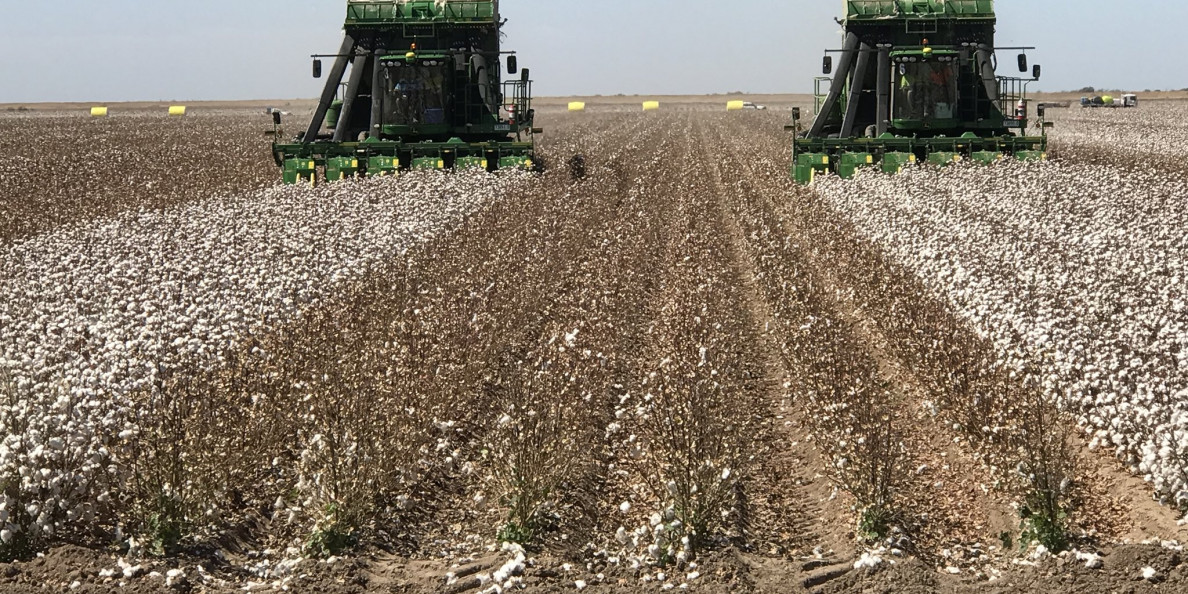A third consecutive season of growth in demand for cotton, coupled with a decline in world cotton production and poor weather conditions in both China and the US - the world's leading exporter of the fibre – is adding another layer of uncertainty to the cotton market.
In 2017/18, world cotton production is estimated at 26.6m tonnes while world mill use is projected at 25.5m tonnes. As a result, world ending stocks are forecast to decrease to 18.3m tonnes representing the fourth consecutive season of diminishing global reserves, according to the International Cotton Advisory Council (ICAC).
The decline occurs within China where stocks at the end of the 2017/18 season are projected down to 8m tonnes. When combined with weather issues in the country's Xinjiang region, which represents some 75% of China's cotton area, and potential drought conditions in West Texas affecting 25% of the US crop, the ICAC is concerned quality supply gaps may affect next season's cotton supply.
Looking further ahead, world cotton consumption is projected to increase to 26.7m tonnes in 2018/19, while world cotton production is estimated at 25.7m tonnes.
Production in China is projected to decrease to 5.6m tonnes in 2018/19 based on reduced planting area, while consumption is forecasted to increase to 8.4m tonnes.
US production, meanwhile, is projected to decrease to 4.2m tonnes with exports projected to increase 3% to 3.3m tonnes in 2018/19.
Reduced yields in 2017/18 in India are contributing to lowered planted area for 2018/19 with exports projected at 840,000 tonnes representing a 24% decrease from the previous season. Production in Brazil for the 2017/18 season is forecast to be 1.9m tonnes, a 26% increase from 2016/17, with 900,000 tonnes projected for export. Production for the West Africa region in 2017/18 is estimated at 1.2m tonnes, representing a 13% growth from the previous season, with exports for the region expected at 1.04m tonnes.
Πηγή: just-style.com

